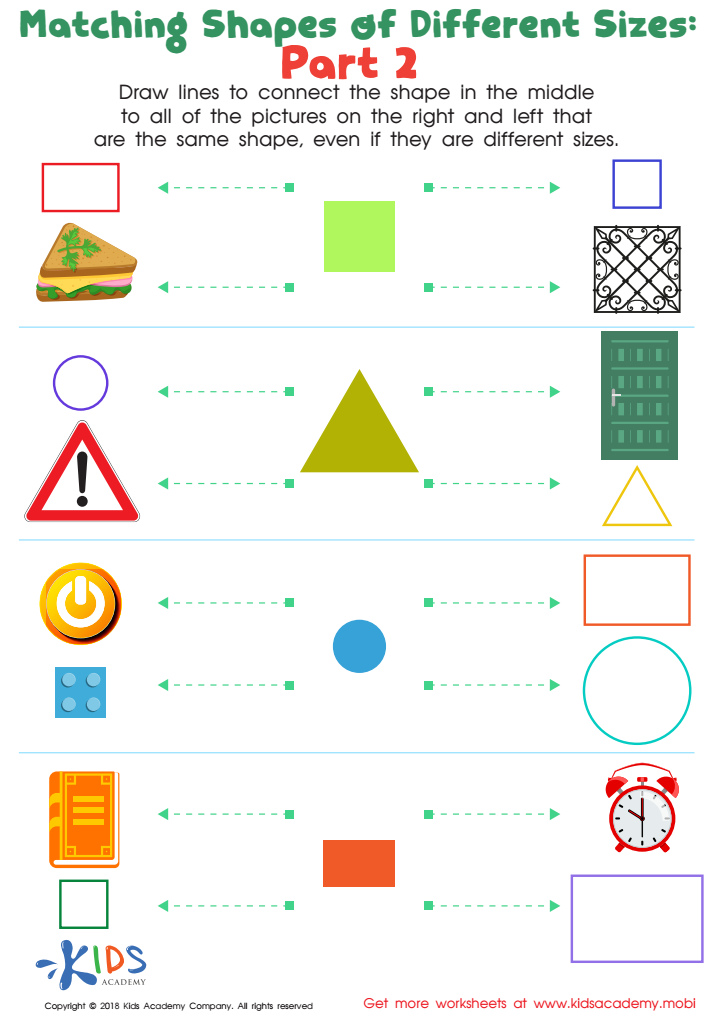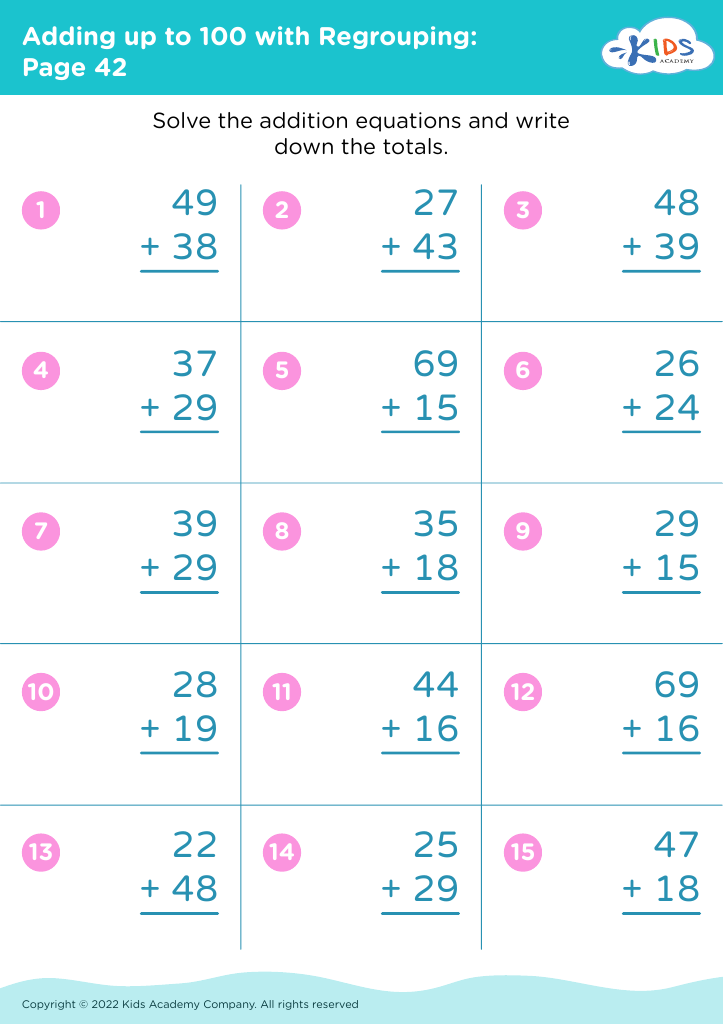Geometric shapes recognition Worksheets for Kids
2 filtered results
-
From - To


Geometry: Part 2 Worksheet
Question/Answer
How does the mastery of the Geometric shapes recognition skill affect a student's performance at an early age?
Mastery of geometric shapes recognition at an early age significantly enhances a student's spatial reasoning, critical thinking, and problem-solving skills. This foundational knowledge supports understanding in mathematics, particularly in areas like geometry, measurement, and pattern recognition. It also aids in the development of fine motor skills and cognitive abilities, overall contributing to improved academic performance.
How to test a Grade 2 student’s Geometric shapes recognition skills?
To test a Grade 2 student's Geometric shapes recognition skills, present them with a variety of 2D and 3D shapes, both regular and irregular. Ask them to name each shape and describe its properties (e. g. , number of sides, vertices).
Why is the Geometric shapes recognition skill important for Grade 2 students?
Geometric shapes recognition is crucial for Grade 2 students as it lays the foundational understanding for more complex mathematical concepts, enhances spatial reasoning, improves problem-solving skills, and aids in the development of visual-spatial awareness. This skill also supports learning in subjects beyond mathematics, including art, science, and technology, by helping students recognize and classify the world around them.
 Assign to My Students
Assign to My Students














